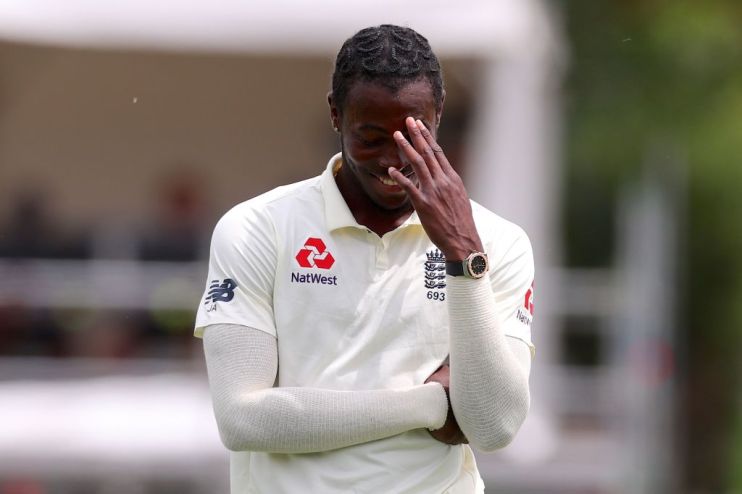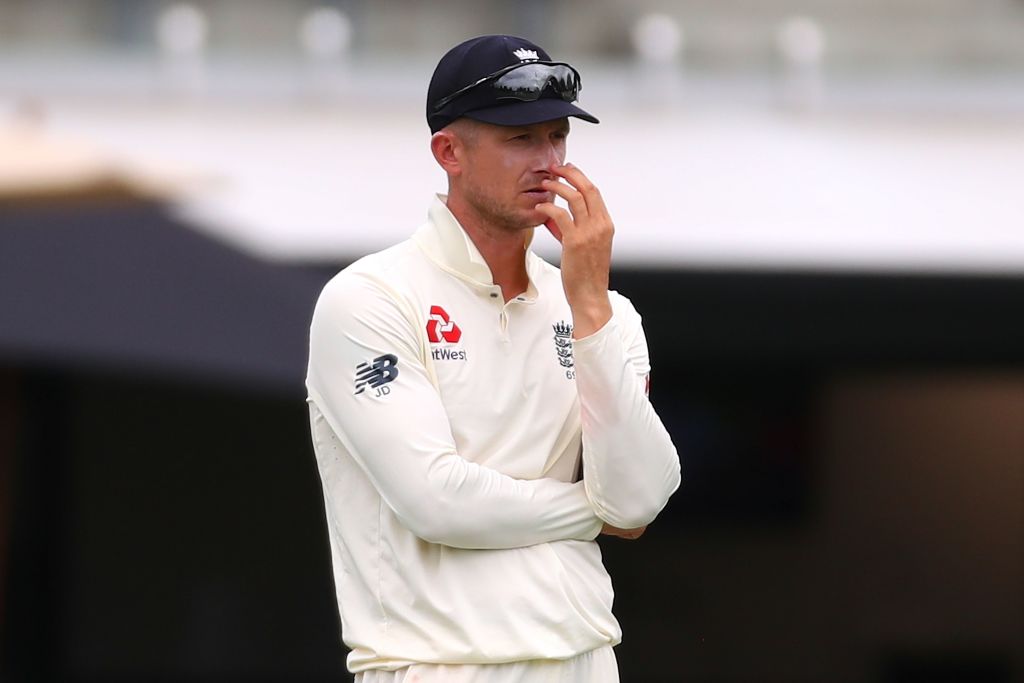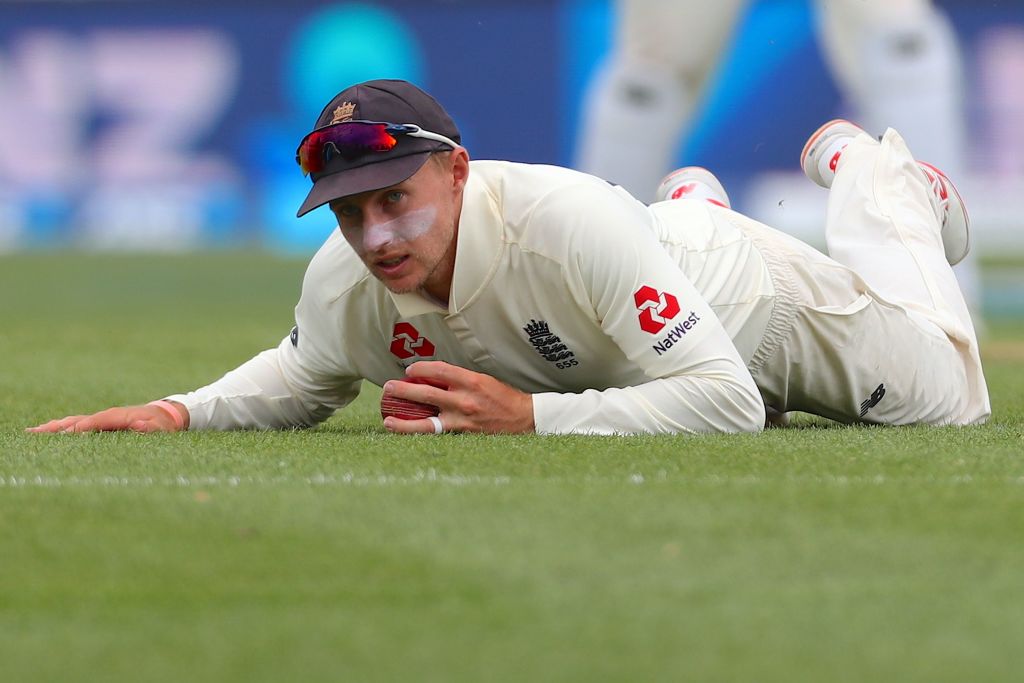England remain stuck at square one in pursuit of a workable formula to win Test matches away from home

Joe Denly’s dropped catch did not cost England the chance of levelling their Test series on the final day against New Zealand – the docile wicket and incoming rain had already put paid to that scenario.
Beyond rewarding Jofra Archer’s skilful knuckle ball and hard graft, and stopping Black Caps skipper Kane Williamson short of a 21st Test century, it meant little.
The drop – as simple a catch imaginable, looped straight into Denly’s hands at short mid-wicket – was a ready-made viral sensation, bringing back memories of Mike Gatting’s off India’s Kiran More in Chennai in 1993.
Slaptick bookend
It provided the main talking point of the final day of England’s tour in which Williamson and Ross Taylor plundered centuries with ease to secure a 1-0 series win for the home side. Although Denly looked mortified, the incident was laughed off, even by wronged bowler Archer, as a one-off aberration.
Nonetheless it provided a slapstick, comedic bookend to yet another England failure overseas – and the first year since 1999 in which they have failed to win a single series.

England have now won just one of their last seven, and two of the last 11, series played away from the comforts of home, where clouds loom overhead, the wicket seams, the Dukes ball swings and lower totals can be winning ones.
The reasons why have been laid out time and again, presented as issues Joe Root’s side can chip away at and eventually overcome. Dry conditions. Flat pitches. The dreaded Kookaburra ball.
But how long should patience hold? How long until a work in progress is instead marked down instead as a prolonged failure?
Pie in the sky
“We are a side that wants to learn quite quickly and wants to become quite resilient in these conditions,” Root told the BBC yesterday. “We want to become a much harder side to beat, first and foremost, and then go on and win games when it does get flat and hard. Similarly, we want to go and make really big totals and put sides under pressure.”
In short England want to be a good overseas side, capable of mixing it with the best on their own turf, but for now that remains pie in the sky.

Root insisted that he, head coach Chris Silverwood, director of cricket Ashley Giles and chief selector Ed Smith, had “learned a lot about the group”, despite another setback. Yet how many of those learnings can be applied to the next task: the daunting prospect of the four-Test series against South Africa, which starts on Boxing Day?
Their bowlers have toiled away, largely fruitlessly, to return a collective bowling average of 55.2 – their second highest in a Test series. On average they took a wicket every 115.7 balls, which is their highest ever collective Test strike-rate.
Unwanted full house
And even when they did create opportunities, there was no guarantee they would be taken. Williamson would not have even presented the chance to Denly had stand-in wicket-keeper Ollie Pope held onto the ball which hit his glove off Ben Stokes when on 39.
Stokes himself was guilty of spilling a catch at slip when BJ Watling was on 31 in the first Test. He went on to make a series-winning double-century. Tom Latham, who made a first-innings century at Hamilton, was also dropped by Stokes while on 66 off the unfortunate Archer.

Having come into the series with top-order batting problems and worries over the penetration of their bowling attack on flat wickets, England have successfully added fielding to their list of deficiencies to complete an unwanted full house.
There were positives. Root made a much-needed, patient 226, Rory Burns further cemented his opening spot with 101, Pope backed up his exciting billing with 75 and Chris Woakes returned in the second Test with four wickets at 23.75.
But the reality is that the beginning of the Silverwood era has been defined by the same old problems.